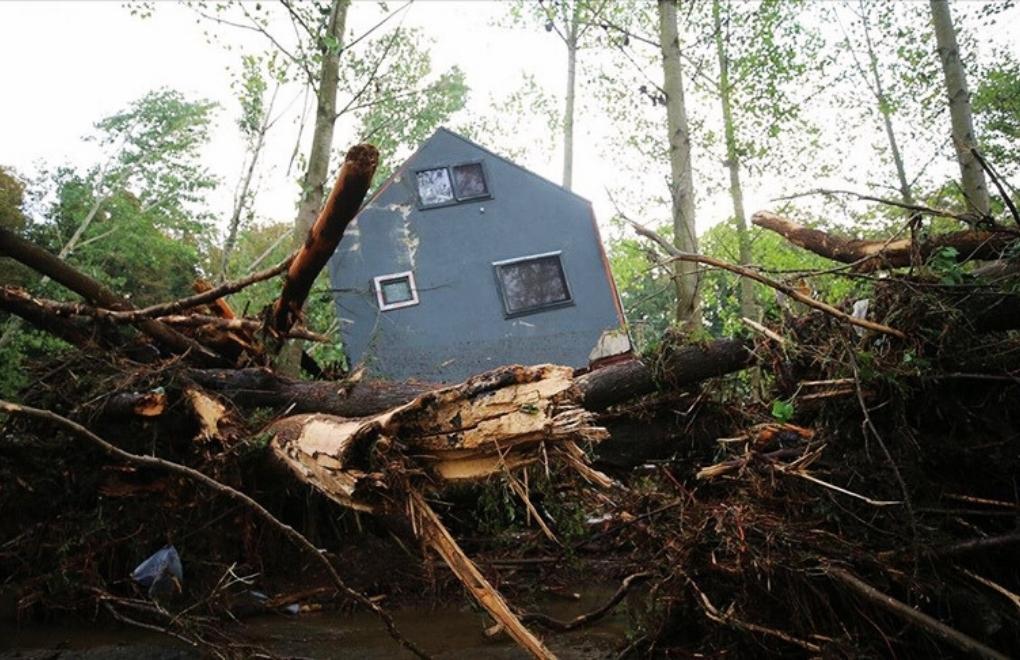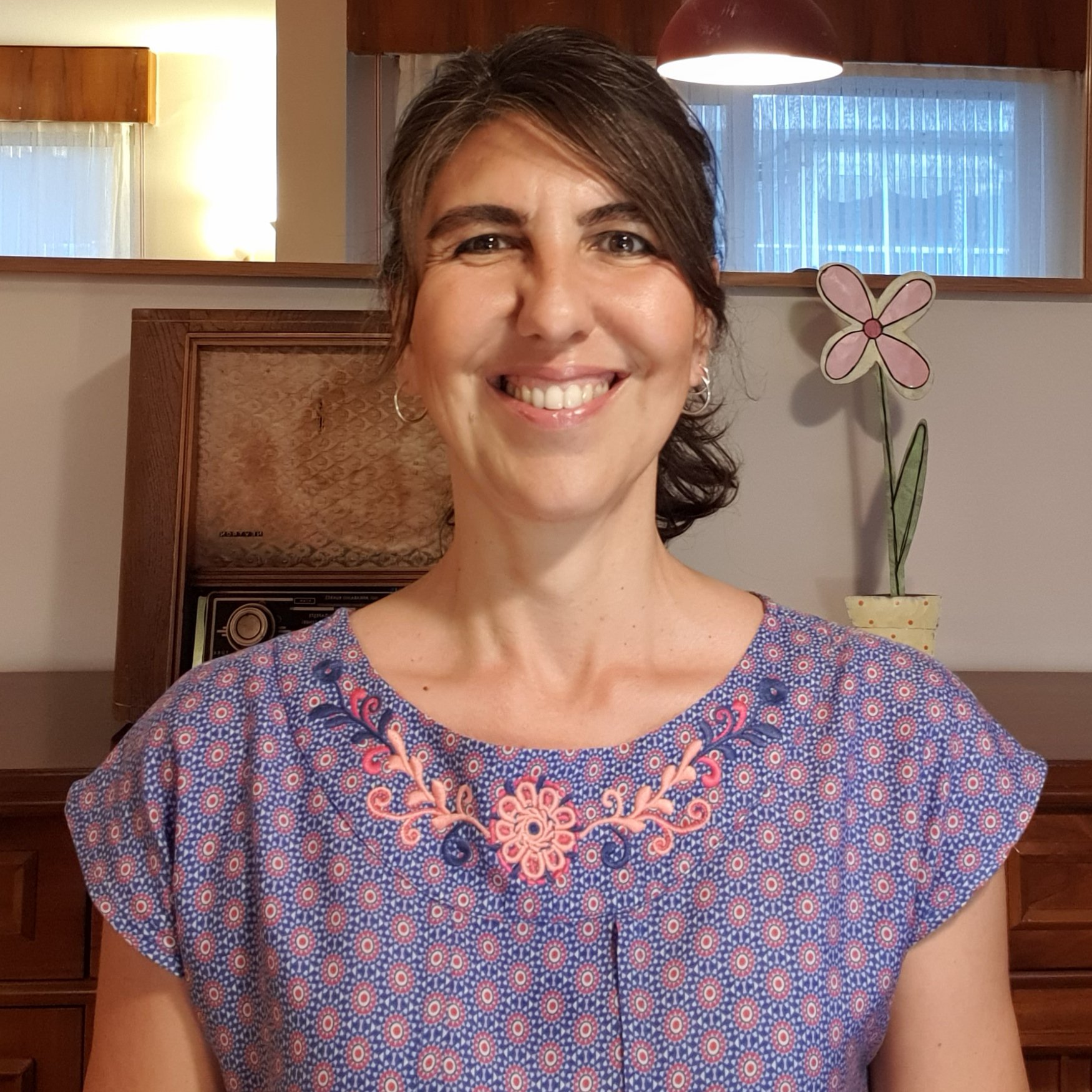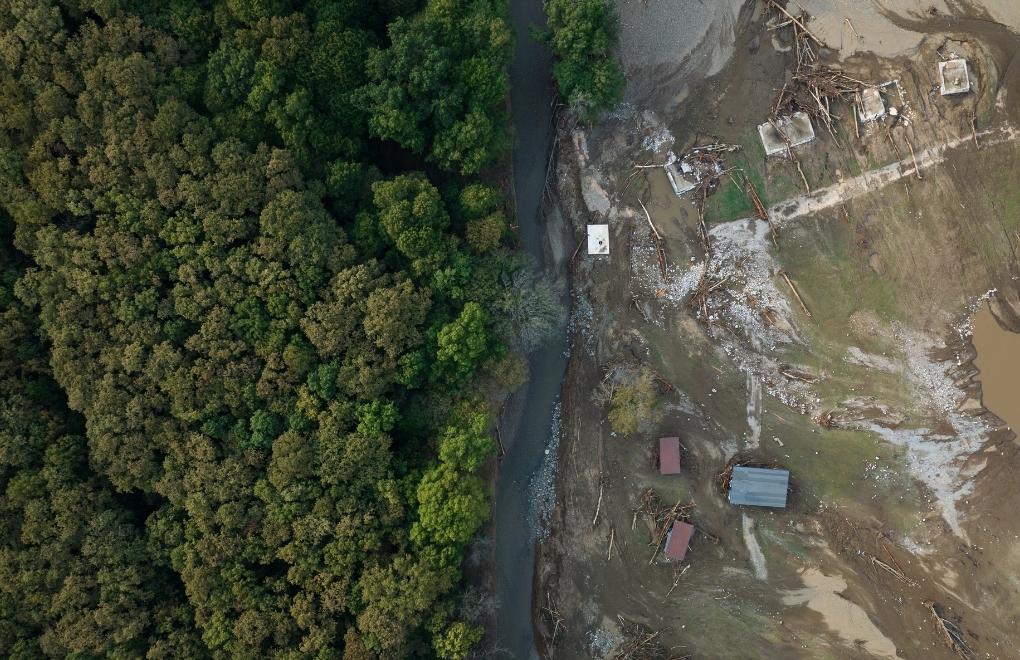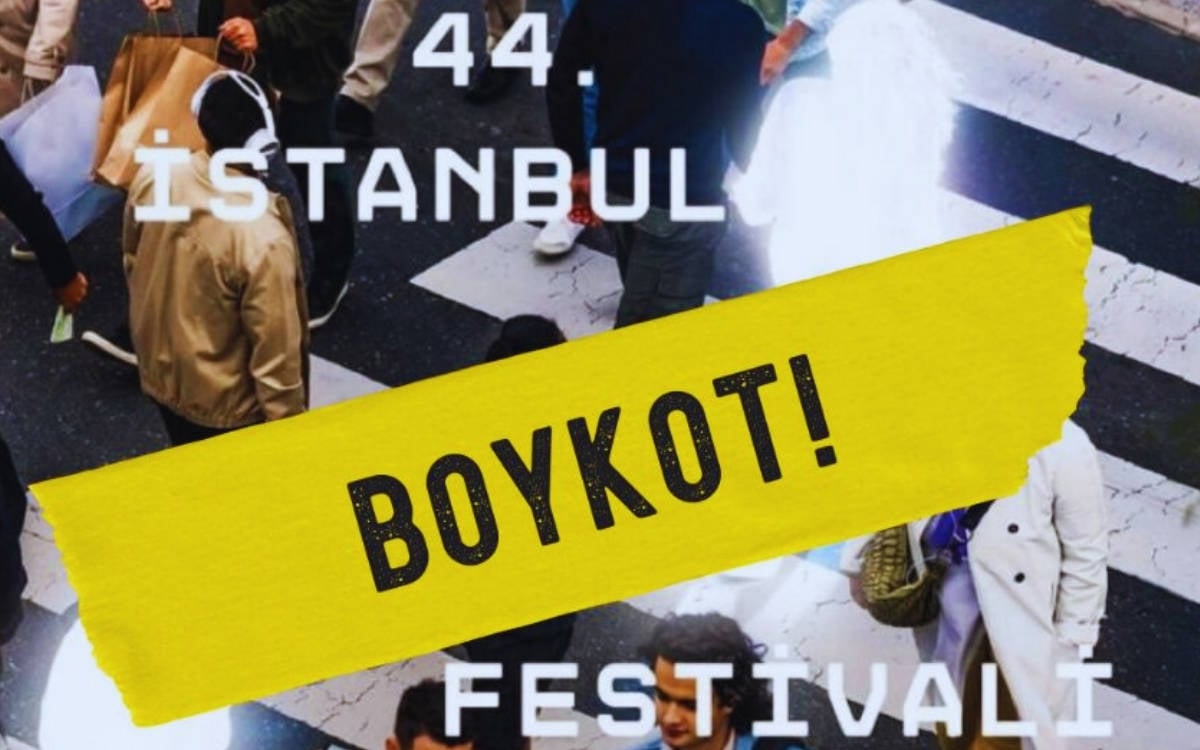Deaths in bungalows and tiny houses in the flood in Kırklareli

Click to read the article in Turkish
Two people who lost their lives in the flood in İğneada, which is part of Kırklareli's Demirköy district, were staying in structures called "bungalows." Another person who lost his life was also found in this area after the flood.
How are bungalows and tiny houses constructed, and are they subject to any inspections? Lawyer Özlem Altıparmak, who works on environmental law and human rights issues, answered for bianet.
"Longoz forests essentially mean flooded forests"
Two of those who lost their lives in the flood in Kırklareli had chosen a bungalow vacation for their honeymoon. How healthy is it to randomly set up structures like bungalows and tiny houses in ecosystems like the Longoz forests?
Longoz forests essentially mean flooded forests. They have a very different ecosystem, consisting of dense trees, and they are forests that have emerged within the water. They are considered unique ecosystems. These types of wetlands actually serve as a kind of sponge during disasters; they have their reasons for existence. You know that the area will be flooded, that it will hold water, so you settle away from those areas. Or when you drain such a wetland and establish a structure like in Mavişehir, İzmir, which is in fact the Gediz wetland, that area becomes vulnerable to disasters.
Bungalows and tiny houses are structures that are actually built by circumventing the law. Especially during the pandemic and afterward, it became a solution for capitalism that was pushing people to escape from the cities a bit. It's an industry right now.
 Aren't these structures subject to any inspections?
Aren't these structures subject to any inspections?
In Turkey, there are areas where you can build these houses based on zoning permission. But there are also some areas where you can build temporary structures that are not subject to zoning. For example, we call them "temporary structures." Suppose you have a field; you are a farmer, a landowner, and you need a structure to have your lunch, to protect yourself from the heat. Like vineyard houses or olive processing facilities. All of these have a purpose, and their usage has been specific to that purpose. But you see that they have found a place in the commercial sector now. You see advertisements that say you can build a house on farmland. Even now, you can build a prefab structure on land larger than 5,000 square meters.
However, when we look at tiny houses, the situation is even more critical. These structures are now considered a kind of vehicle and can be exempted from zoning regulations. In other words, they are considered like trailers rather than structures. They are subject to the Road Traffic Law and are treated as vehicles that need permits from there. Just like caravans. There are wheeled ones, and there are ones that have been converted from wheeled ones to completely fixed structures made of wood. It's not possible for these types of structures to be located within the Longoz forest, for example. Because when you start attaching them to your car, placing them in a non-zoned area, and making them fixed there, it becomes a zoning violation. Moreover, if you put the same structure in 10 different places for rent, this becomes a completely different illegal act. There is a violation of the Zoning Law, business procedures, and municipal regulations. So, I think not only the operators but also the authorities who turn a blind eye to this sector, if there is one, are responsible for the uncontrolled progress of this sector. It's a completely illegal operation.

"Glampings"
Then there are also "glampings," which stands for "glamorous camping." It's not really camping in the true sense.
In camping, you blend with nature and leave nothing behind but your footprints. I think we shouldn't pursue these types of holidays. And we really need to rethink the relationship we have with nature. Otherwise, water is so powerful. It flows, it finds its way. And it is us who suffer." (TY/PE)
Q&A WITH SIRRI SÜREYYA ÖNDER ON KURDISH PEACE TALKS
'We come from a long past, and we are thinking about a long future'

İstanbul Film Festival drops queer films section from 2025 lineup

İmamoğlu detention: 'Election alliance with Kurds is not a terror crime,' says MP

Öcalan's message sparks both hope and skepticism

PKK leader Öcalan calls on group to lay down arms in historic statement






.jpg)